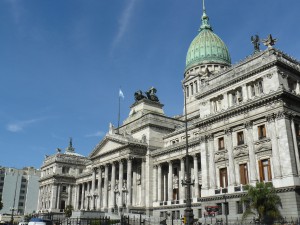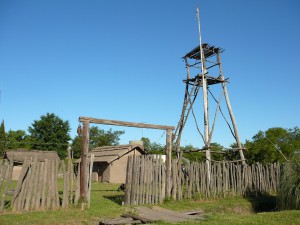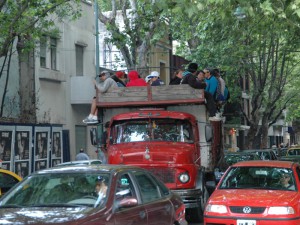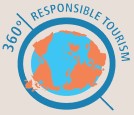Argentina is a country of great diversity and contrast characterized by incredible natural resources, vast unexplored areas, and large urban centers. Argentina’s scenery and climate are as varied as the cultures produced by the multiple ethnic groups who were its ancient inhabitants and by the people who immigrated from different European countries from the 16th to the 20th century – the result being a heterogeneous population marked by nostalgia and vitality.

The first Spaniards who arrived in this Southern part of South America during the 16th century soon crossed with the indigenous inhabitants giving rise to a melting of different races, even more so as these local people already belonged to different ethnic groups. The Quechuas were peaceful and industrious; the Diaguites proved to be great warriors; the Guaranies were more flexible. Each native group had its own particular culture, Mapuches, Tehuelches, Huarpes, Comechingones, Charrúas, Pueños, Matacos, Wichis etc., some were farmers while others were nomads.
At the time of the Spanish arrival, local cultures and economies were most uneven in terms of development. It was certainly not where nature was the kindest that civilizations had reached the highest degree of development. In Argentina’s Northern Andes, the Quechuas had gained a dominant position a century before the Spanish conquest. Natives practiced intensive agriculture in the arid Puna, located in the Argentine Northwest, while llamas were reared in Argentina’s Central Andes. The Guarani living in Argentine Mesopotamia were farmers, but did not engage in any intensive farming. While the inhabitants of the fertile coast of the River Plate were nomads with no knowledge of any agricultural activity whatsoever, and made their living out of hunting (guanacos and deer) and fishing.During colonial times, the Spaniards dismally failed in their attempt to transform the natives\’ economy. The nomads in the Pampas preferred fighting to the death over becoming growers under the Spaniards\’ domination. The native way of thinking in the Pampas soon pervaded the spirit of European settlers. Dating from colonial times, crop farming was considered unworthy not only by indigenous people, but also by the mestizos (white and indigenous half cast) and the whites. A century after their arrival, the Spanish conquistadors had managed to destroy all forms of local culture, no matter how fierce the native resistance proved to be.

Mass immigration began in the late 19th century from European countries such as Germany, Italy, Spain, France and Poland, to name a few. Hundreds of Europeans began to arrive in search of land that could provide them with new opportunities and the possibility of development. Accept for the Province of Mendoza, where many newcomers engaged in the same sort of activity that they had in Europe (wine production), most chose to settle in the Province of Buenos Aires. The last Indian Border in Southern Argentina was cruelly snatched away from the native people in the late 19th century. As a result, the indigenous communities that still survive in Patagonia are very few. Most of them live poorly in the mountains or in areas of difficult access. Their members survive on agriculture and the production of handmade crafts, and are presently in a legal battle for their lands and their rights. Mass immigration continued well into the 20th century, particularly in the aftermath of the two world wars. These immigrants sought to stay together and to keep to their native traditions. In the city of Buenos Aires there are neighborhoods with strong immigrant populations, such as La Boca with its Italian immigrants from Genoa who fiercely stick to their traditions. Some German communities settled in the Provinces of Entre Ríos and Cordoba. The Polish settled mostly in the Province of Misiones, and the Welsh in Patagonia. The immigrants arriving at the port of Buenos Aires gave rise to the tango, a popular musical expression and a fusion of rhythms and melodies, coupled to a nostalgia for the lost past and the energetic pace imposed by change. The current economic, social and political circumstances have led many Argentines of Spanish, Italian and other European roots to seek “new opportunities” in the countries of birth of their ancestors. Argentina is witnessing a “return” migration movement, but its implications remain to be seen.



